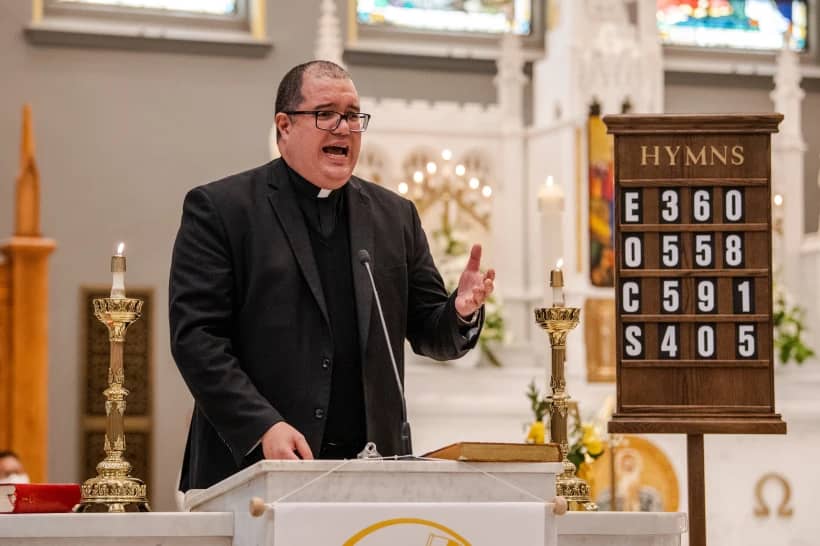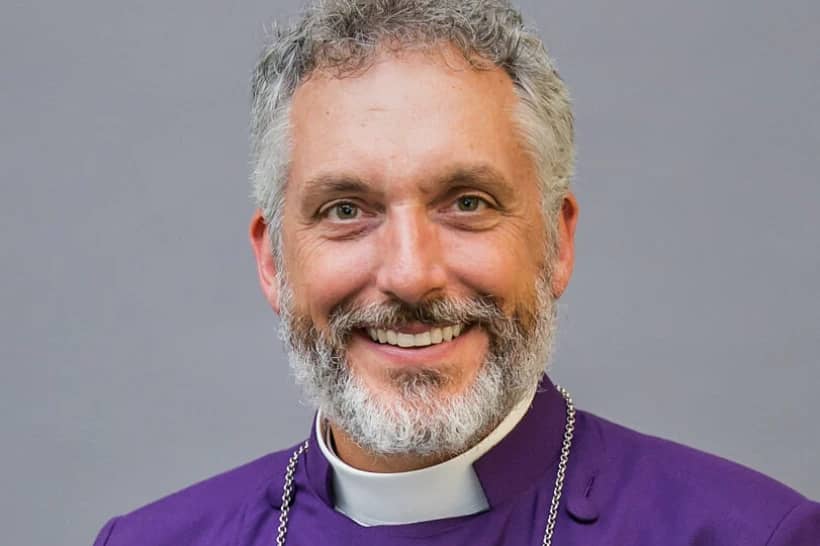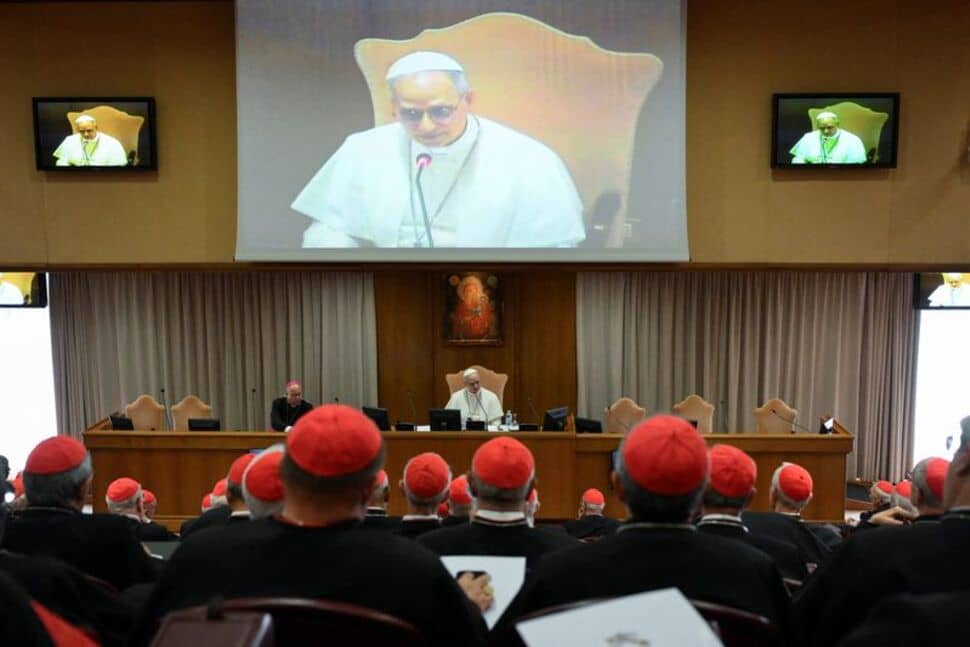In the Christian tradition, prayer is about relationship. It is about an encounter with God. It is about speaking and listening to him. We cannot allow the richness of prayer to be minimalized and reduced to mere petitions. Prayer is far deeper and far more intimate than solely asking for things.
Prayer is about seeking to understand how much God loves us, and laboring to love him back. The seedbed of prayer is love, therefor, and those who want to pray must be open to a vocation of love. Love is about being with someone. It is about hearts conversing and being united. Loving God contains a driving call to prayer and prayer calls us to love for deeply.
The life of prayer was modeled by the Lord Jesus. As Jesus Christ sought loving union with the Father, he was a man of prayer. The way of the Lord, therefore, includes a way of prayer. As Christians, we seek to follow where the Lord has tread. He was a man of love and prayer. As such, as his disciples, we are called to be a people of love and prayer.
The Catechism of the Catholic Church clarifies the central tenets of prayer. It teaches us: “God calls man first. Man may forget his Creator or hide far from his face; he may run after idols or accuse the deity of having abandoned him; yet the living and true God tirelessly calls each person to that mysterious encounter known as prayer.”
God loves us first. He begins speaking and listening to us first, and only then, after he has initiated this relationship with us, are we inspired and moved to love and speak and listen to him. This is an elementary truth of the spiritual life. God is the one who initiates. He is the one who inaugurates a rapport with us.
The Catechism continues: “In prayer, the faithful God’s initiative of love always comes first; our own first step is always a response. As God gradually reveals himself and reveals man to himself, prayer appears as a reciprocal call, a covenant drama. Through words and actions, this drama engages the heart. It unfolds throughout the whole history of salvation.”
Such a description helps us to understand prayer as a momentum, an adventure, an odyssey, a task that is divinely begun and gently guided by a God who loves us. When fully understood, prayer is not a cold duty, a burdensome responsibility, or a lifeless and boring commitment. Prayer is dynamic, life-giving, energetic, and a process that includes continual conversion, enlightenment, and rejuvenation. It is a call, an invitation, an opportunity for a mysterious encounter with God. Prayer is a conversation, a relationship, and accompaniment with the all-powerful and ever-living God, the Creator of all that is good, true, and beautiful.
As a help to us in accepting the summons to prayer, the Church has various prayer methods. Such methods are a resource and guide to us as we desire to speak and listen to God.
In addition to lectio divina, the prayer methods also include what is called Composition of Place. This prayer method is also sometimes called the Ignatian Method, since it was heavily practiced and promoted by Saint Ignatius of Loyola and the early Jesuits.
In order to understand this prayer method, we need to grasp some essential aspects of our human personhood. As human beings, we consist of a body and spiritual soul. Our spiritual soul consists of our intellect and will. Our intellect possesses our ability to reason, to process information, to do rational thought. It also includes our imagination and our memory.
When we speak of our spiritual imagination, therefore, we are speaking about a central component of our intellect. It is one of the many spiritual powers that distinguishes us from the animals (and the angels). The spiritual imagination can be elevated and used for prayer. It can engage the Holy Spirit and become a means by which we can encounter God, actively pray, and speak and listen to him in a creative and completely unique way.
In the Composition of Place, we use our spiritual imagination to compose a place from the Sacred Scriptures. We create an entire scene, we “compose a place.” We activate our senses and ask ourselves what we see, hear, taste, touch, and smell. We allow for some poetic license in terms of the historical events and places. We seek to compose the place as we understand it. We imagine the wine at Cana, or the flowing water at the Jordan River, or the screams and shouts along the Way of the Cross.
There is more to be said about the composition of place, but the heart of this prayer method is an attempt to create a scene so that we can then approach and interact with the living God.
Sign up for the Morning Offering with Father Kirby and receive daily spiritual encouragement sent right to your inbox every morning.

















